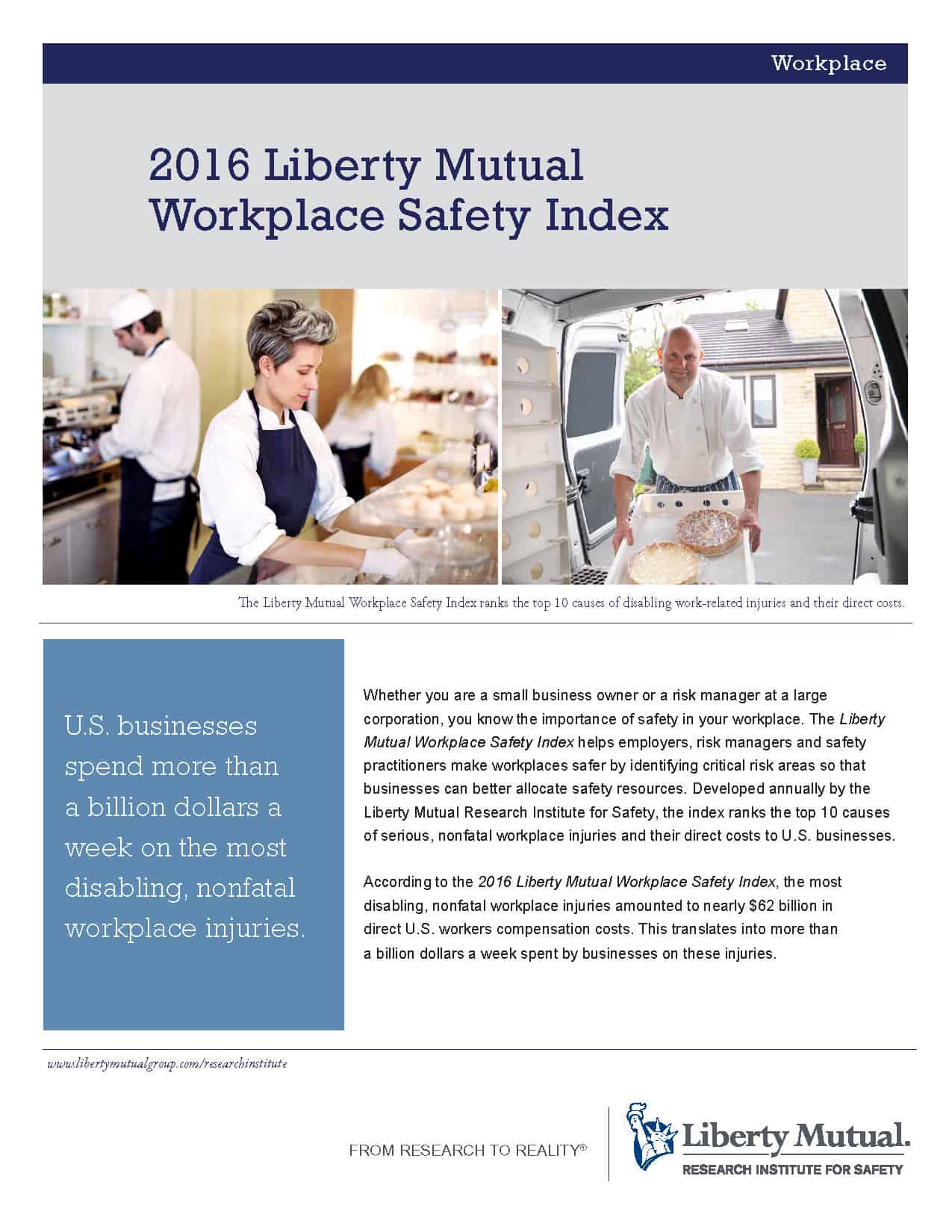 A decision by WorkSafe Victoria about the fitting of crush protection devices (CPD) to quad-bikes (All Terrain Vehicles/ATV) gained the major prominence in the latest edition of a major Australian farming newspaper, The Weekly Times. The newspaper reports that
A decision by WorkSafe Victoria about the fitting of crush protection devices (CPD) to quad-bikes (All Terrain Vehicles/ATV) gained the major prominence in the latest edition of a major Australian farming newspaper, The Weekly Times. The newspaper reports that
“WorkSafe Victoria is tightening rules around quad bikes that will see them banned in workplaces unless appropriate rollover protection is fitted.”
Some of the argument over the last 24 hours has been around whether this means that CPDs are mandatory and, as always, cost.



